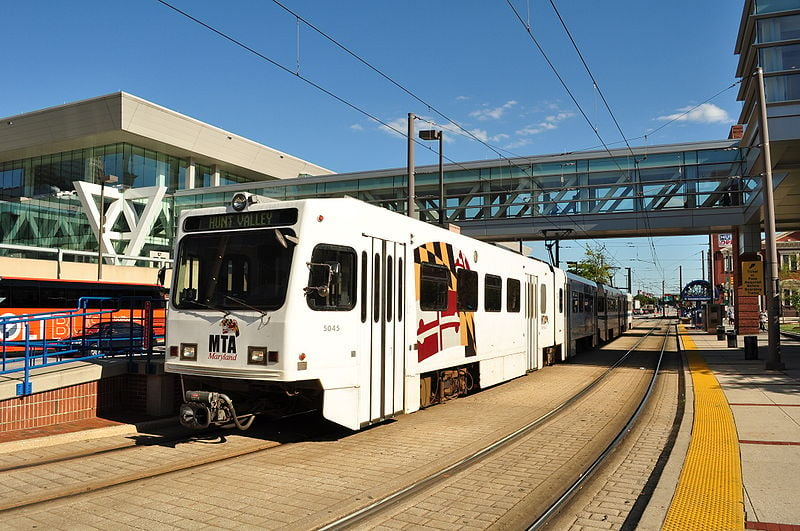Getting into the railroad business, like venturing into any other can be a hit and miss proposition. The successful railroads often get others’ attention, both those inside and outside of railroad industry circles alike.
One of the rail endeavors that got my attention is the Central Light Rail Link operating in and around Baltimore, Maryland, most notably, the approximately 13-mile-long section between downtown and Hunt Valley. Service started on Sept. 9, 1997.
What makes this section noteworthy is that it was once part of the Baltimore & Susquehanna Railroad, a railway that conducted operations between Baltimore, Maryland and Sunbury, Pennsylvania.
As one of this country’s oldest rail properties (the operation having first gotten started in the city of Baltimore in 1829), that parts of it remain intact, speaks volumes, considering the whole pike could have easily been pulled up and the materials sold for their scrap value.
I say this because the line took an especially hard hit by Hurricane Agnes in the summer of 1972. Significant sections of line were completely submerged. Much of what remained of the railroad physical plant was left in ruins. Used sections today that were ravaged by the storm, obviously had to be rebuilt.
As to the current light rail operation, it is electrified, the trains themselves (a Maryland Transit Administration-provided service) receiving power from overhead, catenary fed electricity.
Though the railway is not particularly scenic in nature, certain sections, however, where the trains stop and pass through have their own character and charm, such as the part that traverses the Lake Roland area and other communities that dot the line located nearby.
That there is an active light rail service providing patrons with a viable alternative to a more mainstream form of travel where there might not have been one, well, there is something to be said for this. Add to this the fact that the energy supply for trains is electricity fed by overhead catenary makes this operation so much the better. As such, this results in either pollutant-emissions releases being significantly reduced or rendered completely non-existent, emissions that would otherwise have been created had the trains been pushed/pulled by diesel locomotives instead.
Finally, had it not been agreed upon to offer passenger train service, the people who are currently riding the trains and those who have done likewise at any time in the past, and had the service not been made available, these folks would have had to find an alternate means of travel to get around. To set these wheels in motion, that took vision!
– Alan Kandel
Copyrighted material.
Image on home page connected to this post: AndrewHorne
